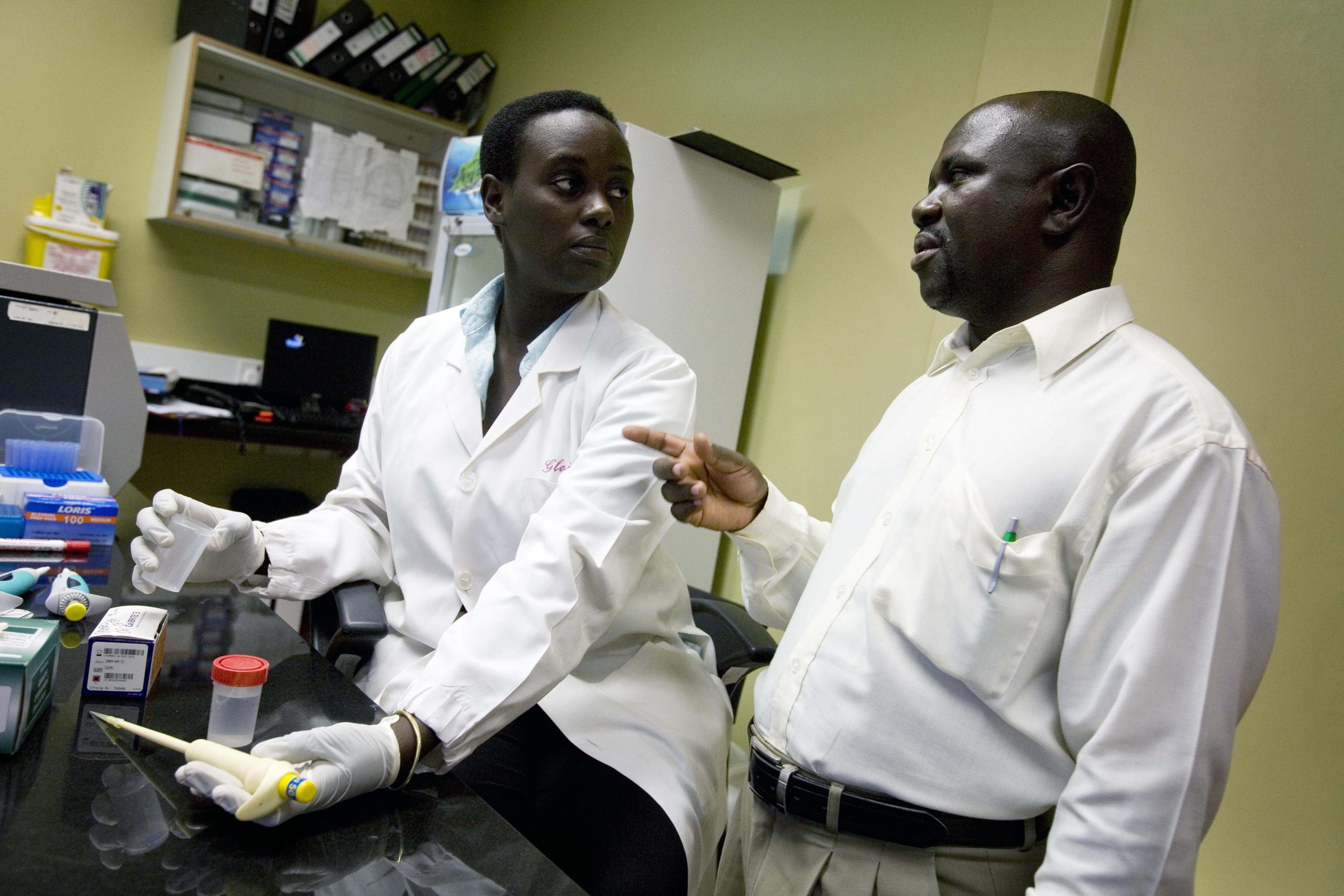
While leading a course at the Tropical Institute of Antwerp, I asked participants (mostly mid-career health professionals from emerging economies) when they thought Internet would be available in the most remote parts of their country. Their median estimate was 2035.
Fortunately, public health experts seem to be as bad at forecasting as economists. Over the last few months, corporate giants have continuously announced progress on their ambitions to provide universal broadband service. Facebook’s first giant Internet drone is expected to fly later this year, Google is beaming Internet from balloons in Indonesia and Sri-Lanka, Space X said it is progressing “swiftly” with its universal cheap broadband satelliteproject, and OneWeb has announced its plan to mass produce 700 universal Internet satellites at a record pace.
It’s not all positive news though: Google’s solar drone crashed in Mexico and public health experts have raised health concerns over balloon Internet beaming. In the end however, competition between tech giants and mobile telephone operators will only intensify and work to provide incentives to succeed. My sense is that Internet in will become available in remote locations starting in 2020.

This is excellent news for the bottom billion of the planet. So far, the rise of mobile Internet has not sufficiently contributed to poverty alleviation and the reduction of inequalities. And neither the health sector in low-income countries nor the aid industry have yet been fundamentally transformed by the tech revolution. The aid sector remains traditionally organized with limited disruptive ideas and models.
“Universal access to Internet will fundamentally reshape the health sector — and aid sector — in ways that are difficult to anticipate now.”
Universal access to Internet will fundamentally reshape the health sector — and aid sector — in ways that are difficult to anticipate now. Despite this, certain future trends can already begin to be identified:
Internet and technology make centralization attractive and relevant: integrated cloud-based supply chains, efficient data-driven financing systems, e-training modules delivered on tablets or mobile phones, and mobile health sensitization programs. Mobile devices and the Internet make it possible to communicate and interact directly with health providers and patients without intermediaries, such as district teams, aid agencies and NGOs. These actors will find it increasingly challenging to provide added value in an increasingly mobile and digital environment.
Written by Nicolas de Borman, Founder and CEO of BlueSquare. Find him on LinkedIn here and Twitter here.